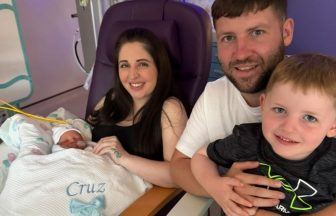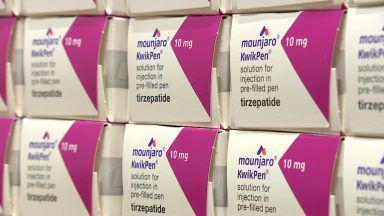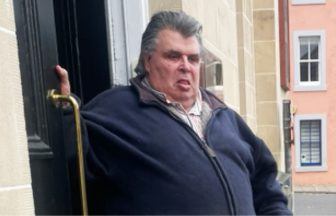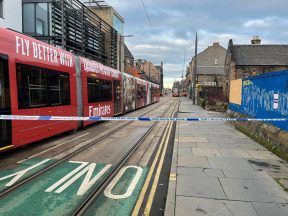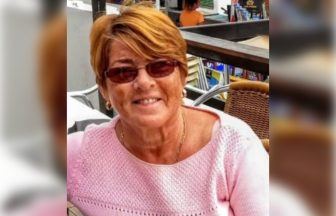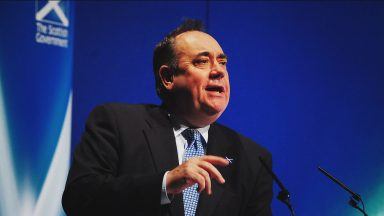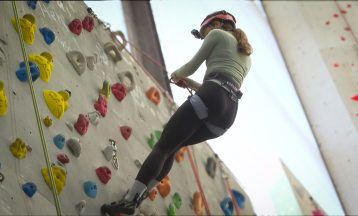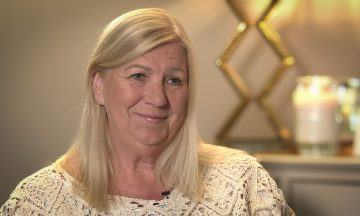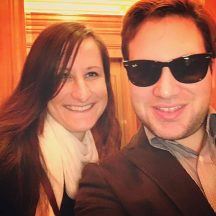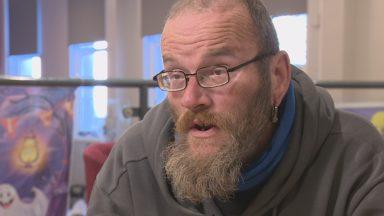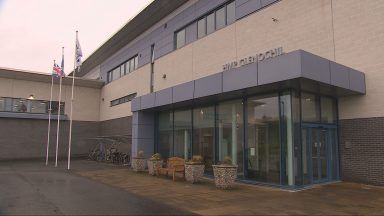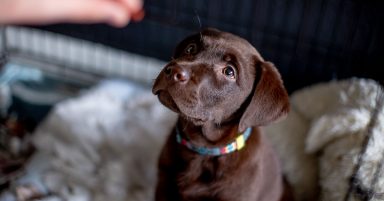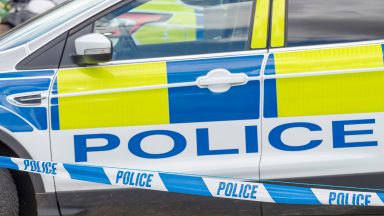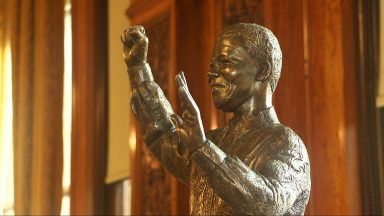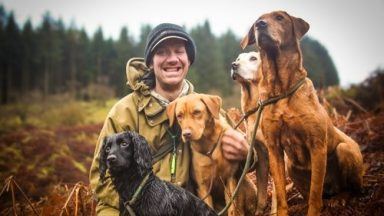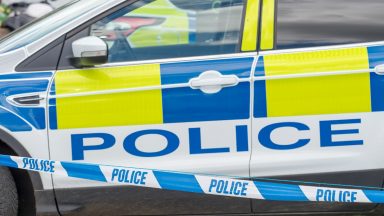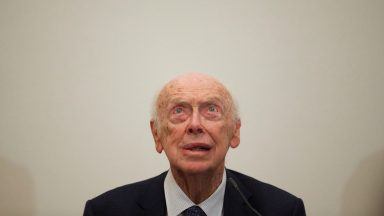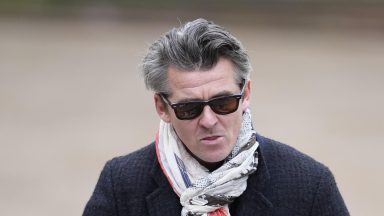The father of a newborn baby who died at a Glasgow hospital told an inquiry her death was “a bolt from the blue”.
Sophia Smith was just 11 days old when she died at the Royal Hospital for Children (RHC) at Queen Elizabeth University Hospital (QEUH) campus in Glasgow on April 11, 2017.
The newborn became ill with an infection similar to MRSA, which developed into sepsis.
In 2020, Sophia’s case was handed over to the Crown Office and Procurator Fiscal Service (COPFS), which earlier this year announced an Fatal Accident Inquiry (FAI) into her death.
A statement released via lawyers on behalf of Sophia’s bereaved parents, as the inquiry began on Monday, read: “It has been a long road to get to a milestone that we have reached today.
“We are pleased that a Fatal Accident Inquiry has been finally set up and hope that by the end of this process we will know the truth about our daughter and why her life was so tragically and heartbreakingly short.”
Sheriff Joanna MacDonald opened the inquiry at Glasgow Sheriff Court with a statement expressing her “deepest sympathies and condolences” to Sophia’s parents “on the tragic death of their daughter”.
Sophie was born at the Royal Alexandra Hospital in Paisley, Renfrewshire, on March 31, 2017.
The inquiry heard that following her birth she had difficulty breathing, as well as a possible heart issue, so she was transferred the following day to the neonatal intensive care unit (NICU) at the RHC.
There she was placed in an incubator with one-on-one nursing care and a “raft of machinery” next to her cot.
She was also given antibiotics via lines into her body, initially in her abdomen and then in her left foot.
Giving evidence, Sophia’s father, Matthew Smith, said his daughter was “very unwell” but that after a couple of days, her condition gradually began to improve.
“Not only were we physically seeing the signs in terms of the lack of machinery and the reduction in support being given, but we were also being communicated that sign,” he said.
He said medical staff had told them she was “fighting well” and “walking her way out of the woods.”
He recalled another clinician saying she was “out of the death danger zone” and that they were given the impression Sophia would be home with them in “a matter of weeks”.
He said this made it “all the more shocking and distressing” when, on April 10, her condition suddenly deteriorated.
“It was a bolt from the blue,” he said.
The inquiry heard that Sophia’s mother, Theresa Smith, alerted a member of staff on April 11 after the baby turned “ashen”.
Mr Smith said a consultant, Dr Coutts, came and asked them to leave the room while he checked Sophia’s windpipe.
He said they were then told “there was blood on Sophia’s oesophagus”, and that a scan of her chest showed that one of her lungs had collapsed.
Mr Smith said around this time skin on her upper body had turned black.
“The deterioration was in front of our eyes,” he told the inquiry.
He said Dr Coutts, who carried out the examination, “couldn’t explain what was going on” in terms of the root cause of Sophia’s sudden downward turn.
Sophia was put back on antibiotics, but her condition continued to deteriorate.
In the early hours of April 11, she was put on a treatment involving blood being oxygenated outside the body before being returned to it.
However, by 4.45pm that day, it had become clear Sophia was “likely to die shortly”, and it was agreed that all medical lines be removed from her body to allow her family to have time with her.
She died at 5.48pm on April 11.
Her cause of death was recorded as pulmonary haemorrhage, cardiomyopathy, Trisomy 21 (Down Syndrome) and persistent pulmonary hypertension of the newborn.
The inquiry heard blood samples taken before Sophia was admitted to NICU showed no signs of infection.
However, samples taken on April 10 and 11 tested positive for staphylococcus aureus (SA).
The inquiry heard this common bacterium can cause serious infection if it gets into the body such as through medical lines and catheters.
Mr Smith said that on April 10 or 11, the issue of infection had only been raised in relation to her skin turning black and that it was not otherwise raised by medical staff.
The inquiry also heard about hygiene standards at the hospital at the time.
Mr Smith said it had been “frustrating” to see handwashing procedures not being followed consistently by visitors and staff.
An inspection in September 2016 said no issues were found, but that NICU was not inspected, and a further inspection was in January 2019 did look at NICU but did not focus on the use of insertable lines.
It found “some non-compliance with standard infection control precautions” at the hospital, but these not were recorded as relating specifically to NICU.
In 2021, the case was transferred to the Health and Safety Investigations Unit to be considered alongside and as part of an ongoing investigation into four deaths at QEUH as a result of infections linked to the built environment of the hospital.
However, an investigation found “no evidence” Sophia’s infection was linked to those other infections.
The inquiry continues.
Follow STV News on WhatsApp
Scan the QR code on your mobile device for all the latest news from around the country
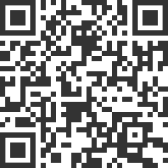

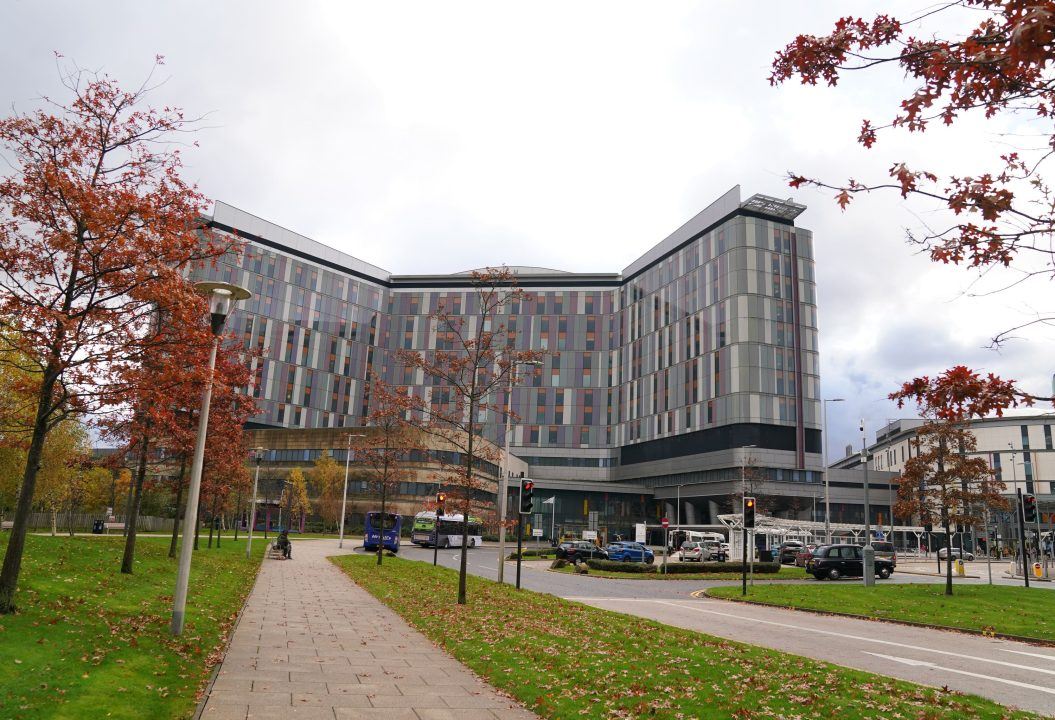 PA Media
PA Media

